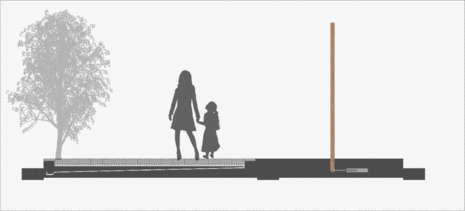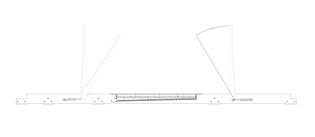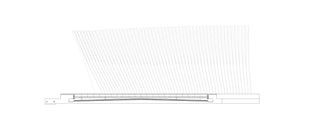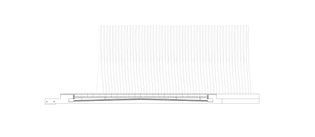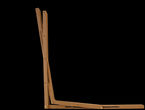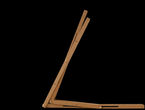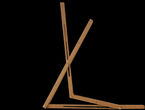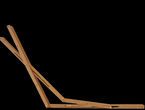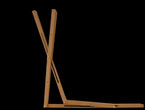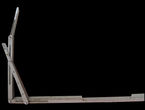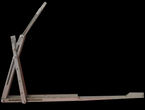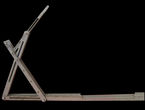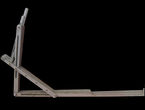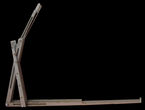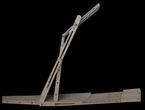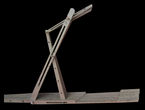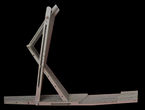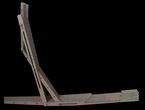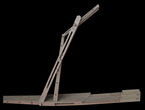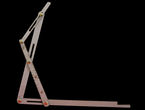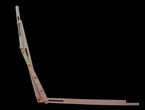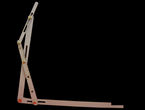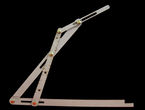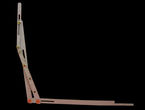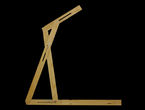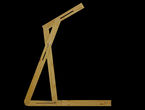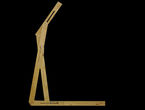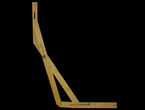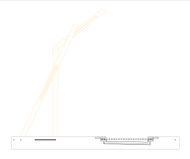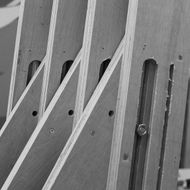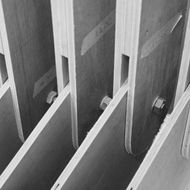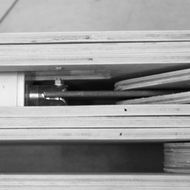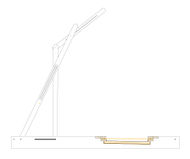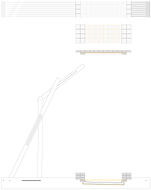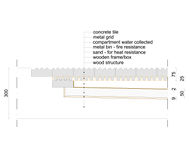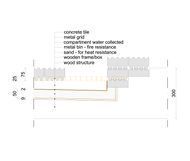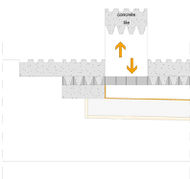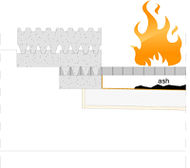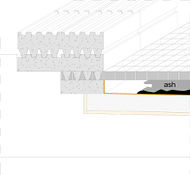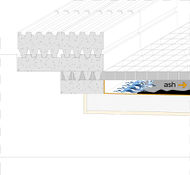project K:Prototype
Contents |
PROTOTYPE DESIGN
CONCEPT
Movable system
The structure is adaptable, which allows the creation of different kinds of spaces and configurations. In this way the structure is able to adapt to environmental and social conditions. For example, forming a barrier if there is strong wind, or forming a shelter if it is raining. The structure will react specifically to local activities and conditions.
DESIGN
MODEL
General model
Structure functioning
Prototype 1:10 December 2011
Prototype 1:10 January 2012
Prototype 1:1 January 2012
TECHNICAL IMPLEMENTATION
Structure
Path system
3D MODELS
PROTOTYPE CONCLUSION
Moving from a large scale such as 1:10 to life-size prototypes is an unfathomably complicated jump. Seemingly benign decisions like connections types, material tolerances and assembly method attempt to derail the realization of the project as designed. This is not, however, without its purpose. In working at smaller scales it is easy to assume the prototype will assemble itself, and that these crucial decisions will be be made correctly the first time. Almost always this is not the case. Components must be disassembled, cut, reassembled, adjusted, checked, disassembled again, flipped over, mirrored, reassembled, repositioned, connected and the result is an “acceptable” representation of the original design.
In thinking what was learned through this prototype, I must say that have a coherent assembly system in mind beforehand would have saved massive losses of time and temper. Having an ikea-esque assembly diagram would have rendered the design basically correct on the first assembly. Alas, this was not on hand, and was indeed never conceived of, and the lack of assembly diagram caused the majority of problems with the prototype.
The success of the prototype is that through it I believed we have proven that our system can work, and through having one component that can shift position, we can achieve our languid, serpentine structure with ‘relative’ ease.
